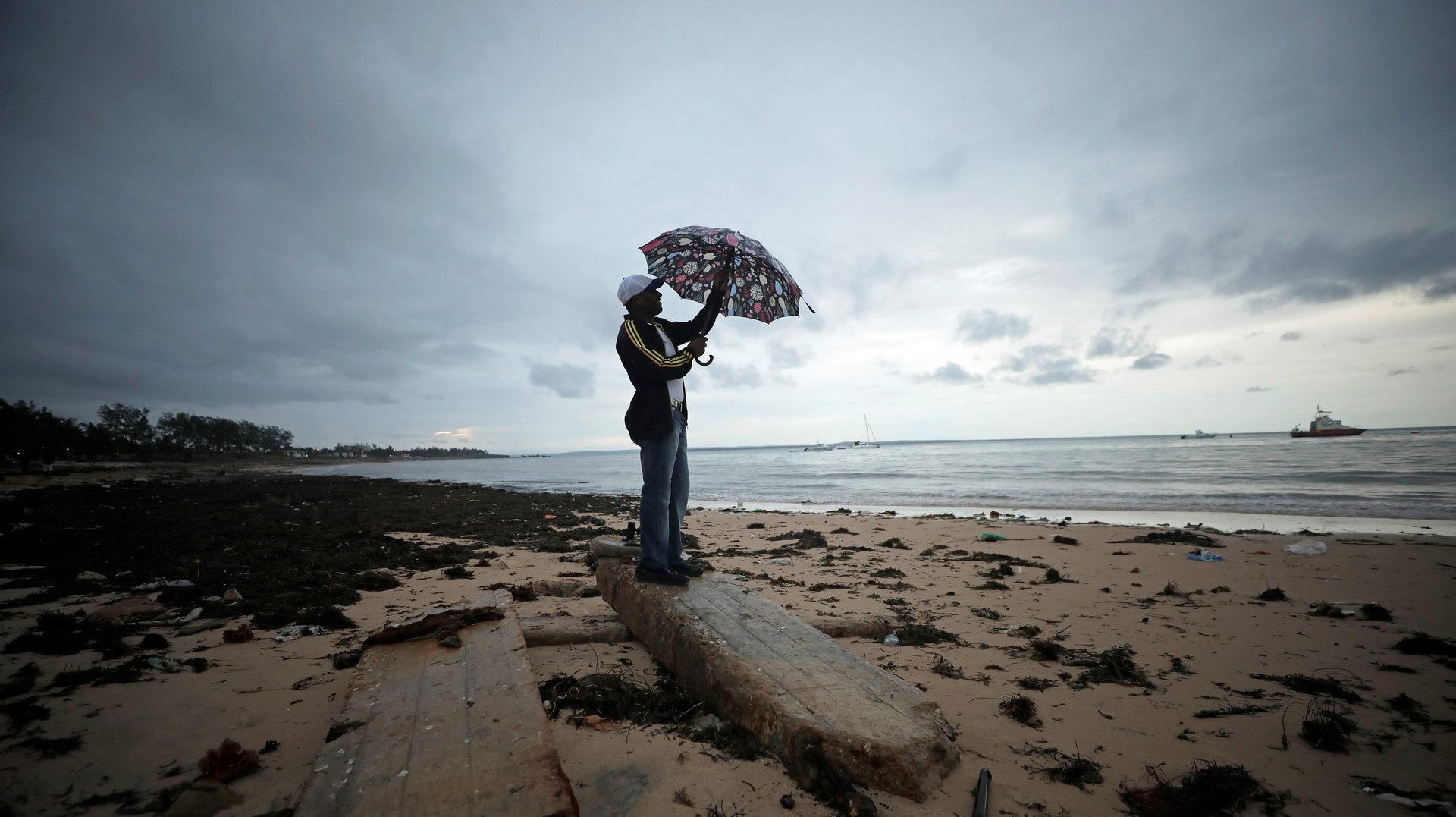One of the biggest challenges facing sub-Saharan Africa this year, in one chart
The Covid-19 pandemic is widening the income gap between sub-Saharan Africa and the rest of the world, according to the IMF, risking greater differences in living standards between countries. This is particularly concerning for a region where millions have already been pushed into poverty by the pandemic.


The Covid-19 pandemic is widening the income gap between sub-Saharan Africa and the rest of the world, according to the IMF, risking greater differences in living standards between countries. This is particularly concerning for a region where millions have already been pushed into poverty by the pandemic.
The lasting effects of the Covid-19 pandemic will make economic recovery difficult, the IMF says in its latest outlook for the region. Sub-Saharan Africa’s projected growth of 3.4% this year is the slowest in the world. While this projection is an improvement on last year’s contraction of 1.9%, it is below the global growth projection of 6%.
In one of the most worrying signs, the IMF projects the income gap between sub-Saharan Africa and the rest of the world, measured by GDP per capita, will widen significantly in the coming years.
“The fallout from the pandemic has not only resulted in a loss of income, but has expanded the gap between sub-Saharan Africa and the world’s wealthier advanced economies,” the report states. “Following the shock early in 2020, and considering the uneven recovery in the second half of the year, the gap between the region’s per capita GDP and that of advanced economies will increase in 2021 and is set to widen even further in 2022, interrupting the region’s previous convergence path.”
The pandemic stalled or even erased progress in a number of areas, from development to education to investment, the report continues. “Overall, the potential for scarring is significant given the erosion of human and physical capital. Indeed, the current baseline projection for sub-Saharan Africa includes minimal catch-up growth, suggesting that the region’s loss in per capita incomes is likely to be prolonged, if not permanent.”
Reasons for the widening income gap
Abebe Aemro Selassie, director of the IMF’s African department, says one cause of the broadening income gap is the constrained fiscal capacity of African governments. This has prevented many countries from cushioning people and businesses from the effects of the pandemic as much as most advanced countries and the larger emerging economies.
Like the rest of the world, African economies were hit hard by the pandemic, with last year’s record contraction pushing many into poverty. Lenders have offered African countries billions of dollars in recovery help for the pandemic.
But while developing countries are recovering thanks to the successful rollout of vaccine programs, Africa’s prospects are uncertain. Few countries are expected to achieve widespread access to vaccines before 2023, and many face ongoing waves of Covid-19, preventing them from fully returning to normal economic activity at the same rate as other countries.
“Many advanced economies have secured enough vaccine doses to cover their own populations many times over and are looking to the second half of the year with a renewed sense of hope,” Selassie says. “In Africa, however, even in the best-case scenario, many countries will be struggling to simply vaccinate their essential frontline workers this year.”
The report paints a stark picture of sub-Saharan Africa’s immediate future. Per capita output for the region isn’t expected to return to 2019 levels until after 2022, and per capita incomes won’t return to pre-pandemic levels until 2025 in many countries.
Differences in living standards
The widening income gap between sub-Saharan Africa and the rest of the world is likely to create more differences in living standards across countries compared to before the pandemic, Selassie says. These can have major knock-on effects for economies.
High debt-servicing costs in sub-Saharan African countries will also continue to reduce spending for critical and productive sectors in the near term, lowering growth, says Churchill Ogutu, head of research at Genghis Capital in Nairobi. Sub-Saharan African countries entered the pandemic with high debt levels and this has been worsened by low revenue yields during the pandemic, he adds.
There’s a major risk that as advanced economies and a few emerging markets recover faster, most developing countries will languish, worsening the human toll of the pandemic, and the economic suffering of the most vulnerable.
Measures to end inequality
Measures to end the pandemic globally will be key to reducing the income gap, Selassie says. He calls for a “massive global effort” to scale up vaccine production, and stronger international collaboration to accelerate vaccine rollout, especially in Africa.
Africa’s diversified economies are set to recover quicker from the pandemic than its extractive economies. Selassie says countries need to pursue “bold” and “transformative” reforms to promote economic diversification, foster more-labor intensive growth, and create conditions to facilitate more investment in health, education and social protection. Countries that are ready to pursue such reforms should be given increased concessional financing, he says.
“We know that the pandemic is not over anywhere until it is over everywhere,” Selassie says.
Sign up to the Quartz Africa Weekly Brief here for news and analysis on African business, tech and innovation in your inbox.